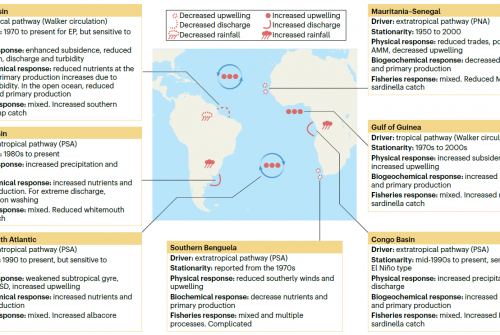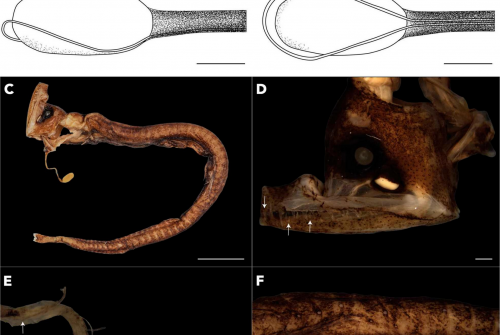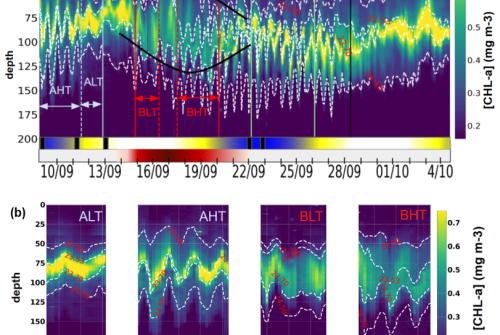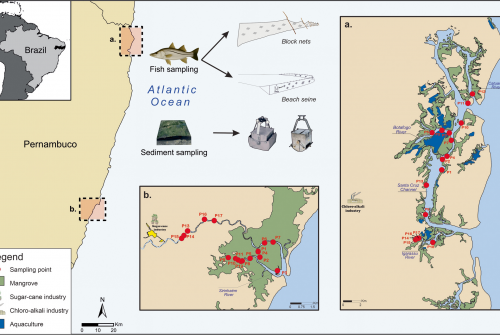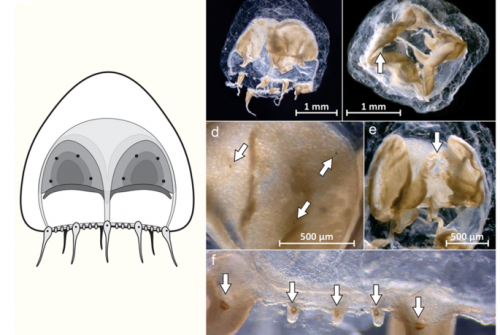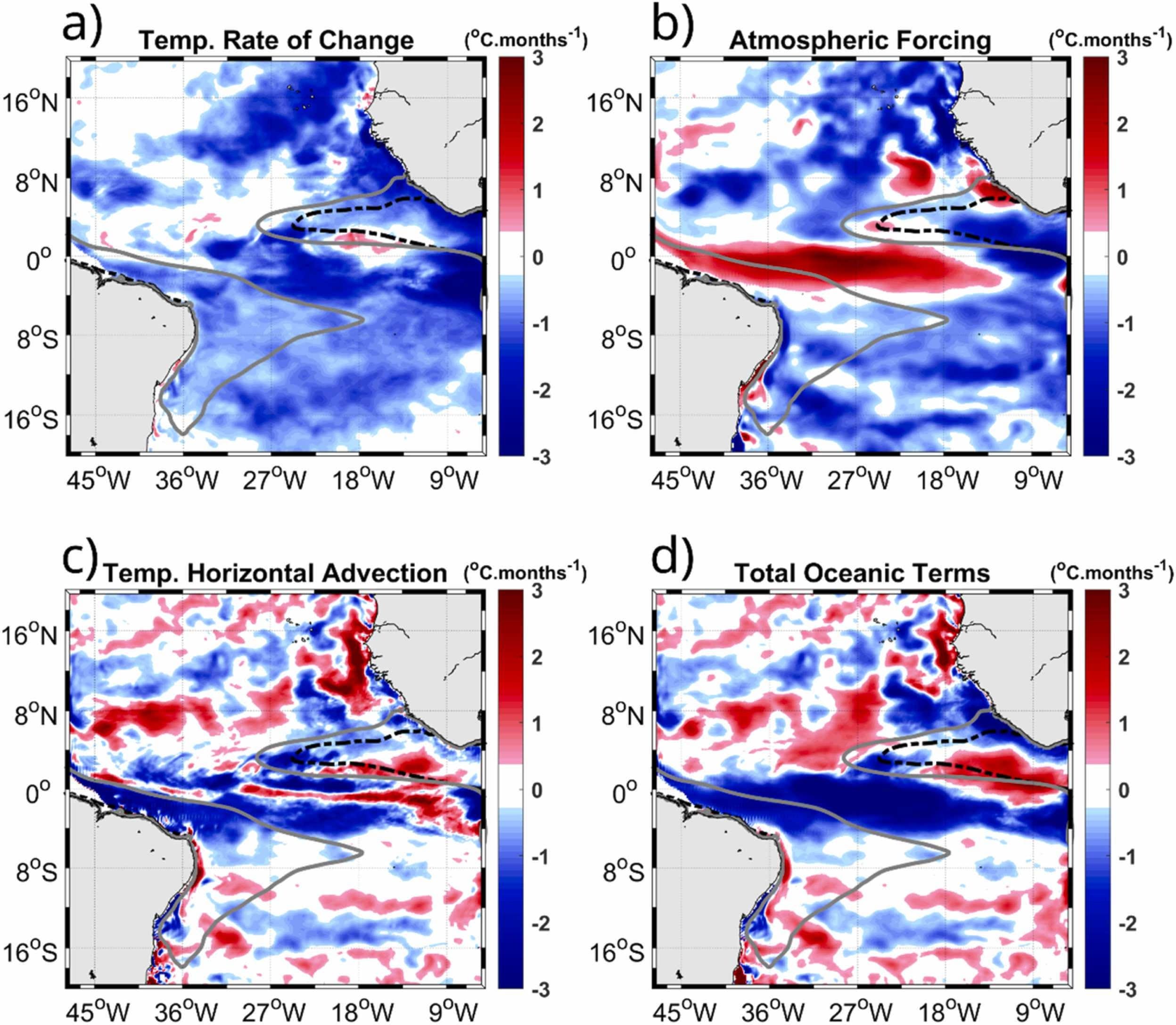
A numerical investigation of the interannual Southwestern and Equatorial Atlantic warm pools (WPs) (SST>28 °C) was conducted for the 2000–2014 period, focusing on two major opposite events over the past 39 years (1982–2020): an intense warming event in 2010 (sizeable warm pool) and a moderate-to-low event in 2012 (small warm pool). Some modes of climate variability (remote and local) were confronted with the WP area. Significant remote connections were found for the North Atlantic Oscillation (NAO) and the Atlantic Meridional Mode (AMM). Whereas, the Tropical Northern Atlantic (TNA) and Tropical Southern Atlantic (TSA) indices were locally related to anomalies over the WP area. On the months that preceded the 2010 WP event, an anomalous atmospheric circulation in the tropical North Atlantic basin occurred (extremely negative NAO and positive AMM), causing a major weakening of winds, shallower mixed layer, and higher SST. Consequently, the WP boundaries, which usually developed southward along the equator in the austral fall, were pushed northward as warm waters spread out into the north tropical basin. Locally, both basins (i.e., tropical north and south) were warmer than climatologically expected (positive TNA and TSA), leading to a significant increase in the WP area recorded in this period. On the other hand, during the months that preceded the 2012 WP, the trade winds were faster (positive NAO and positive AMM), leading to a condition close to the climatologically expected. The approximation of the center of the subtropical high in the southern ocean basin practically extinguished the portion of warm waters that usually spreads southwest along the basin. While the TNA was weakly positive, the TSA presented negative anomalies that ensured a significant reduction in the WP area in the southern basin during this time. Numerical results from the 2000–2014 run were contrasted with PIRATA buoys and satellite data to assess the model’s performance. Investigations of the mixed layer temperature terms disclosed the predominance of the atmosphere over the oceanic terms during the warm pool area increase/decrease, showing a significantly different composition within the oceanic terms. The persistence of the same sign anomalies during the three months preceding the WP’s seasonal development appeared to be a pivotal factor in understanding how different the events in 2010 and 2012 were. Net heat flux anomalies, mainly controlled by anomalous wind patterns, were primarily responsible for the extreme events observed in 2010 and 2012.
DOI:doi.org/10.1016/j.dynatmoce.2022.101337
Reference
Cintra, M. M., Lentini, C. A., Servain, J., Araujo, M., Silva, M., & Mendes, D. 2022. Causes and processes of two opposite climatic years in the tropical Atlantic warm pools. Dynamics of Atmospheres and Oceans, 100, 101337.



